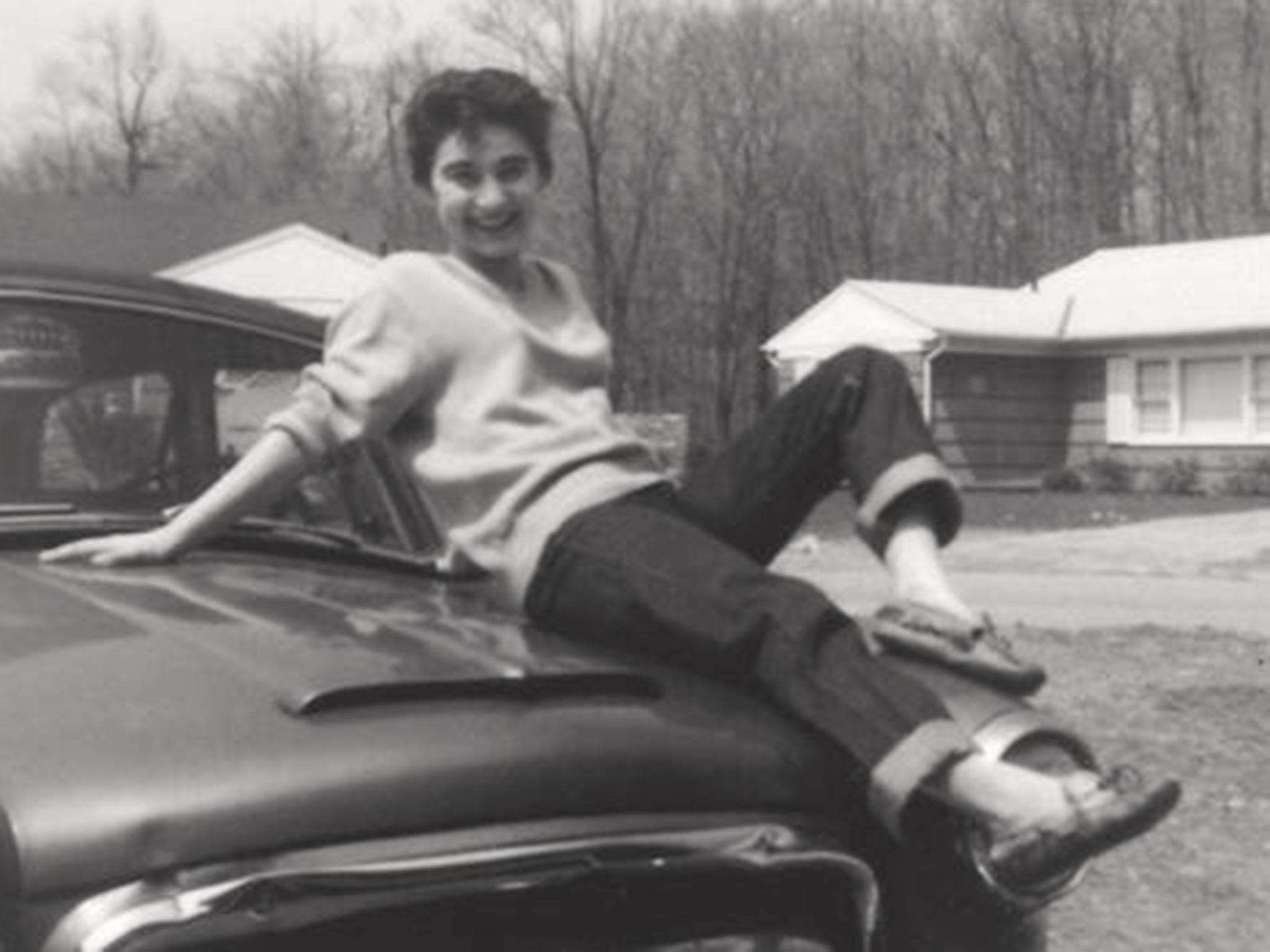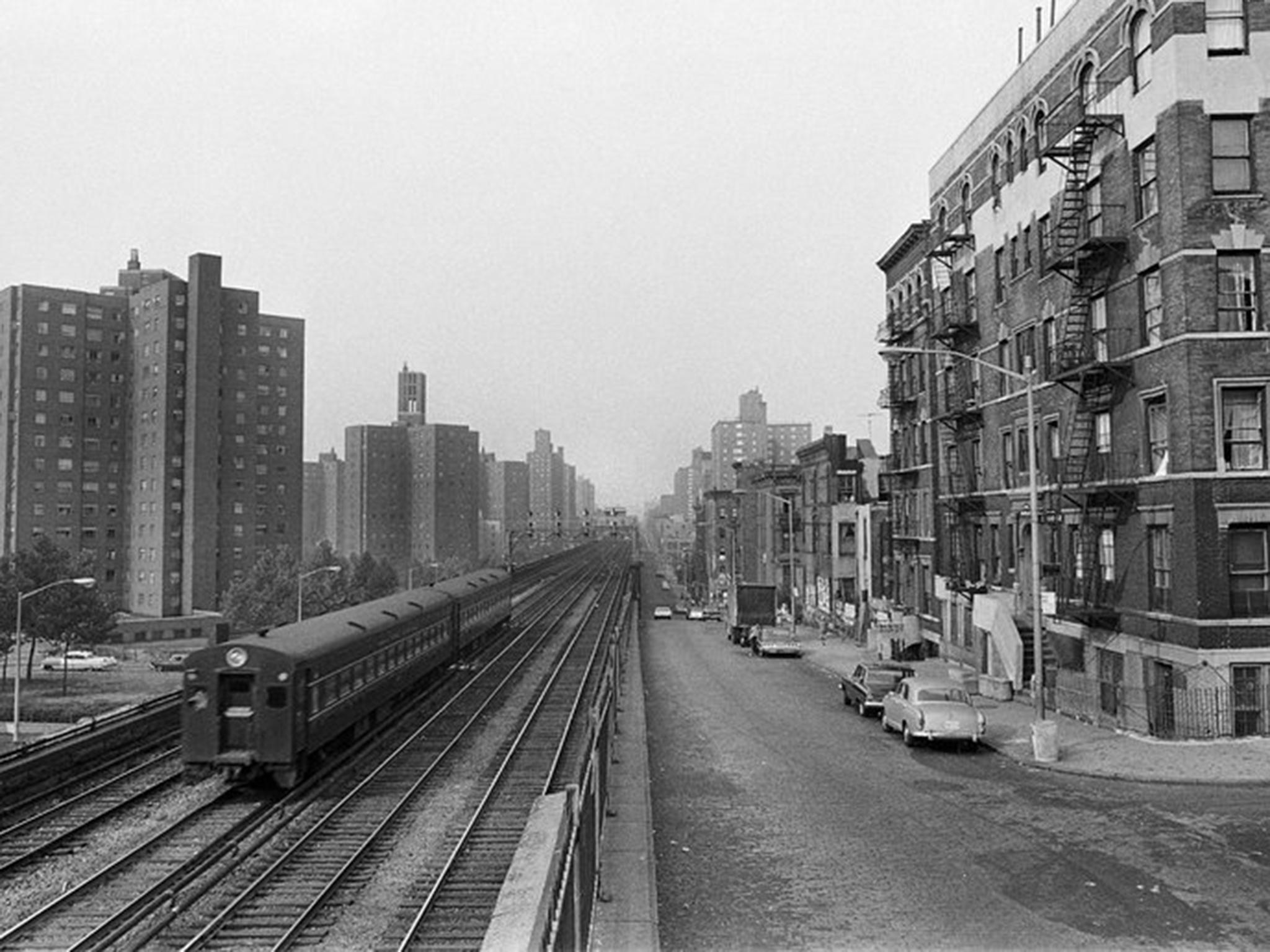Kitty Genovese murder: The real story of the woman killed 'in front of 38 witnesses' in Queens in 1964
The 1964 murder of Kitty Genovese – and how no one came to her aid - became an American legend. But everyone got the story wrong, says Stephanie Merry

Your support helps us to tell the story
From reproductive rights to climate change to Big Tech, The Independent is on the ground when the story is developing. Whether it's investigating the financials of Elon Musk's pro-Trump PAC or producing our latest documentary, 'The A Word', which shines a light on the American women fighting for reproductive rights, we know how important it is to parse out the facts from the messaging.
At such a critical moment in US history, we need reporters on the ground. Your donation allows us to keep sending journalists to speak to both sides of the story.
The Independent is trusted by Americans across the entire political spectrum. And unlike many other quality news outlets, we choose not to lock Americans out of our reporting and analysis with paywalls. We believe quality journalism should be available to everyone, paid for by those who can afford it.
Your support makes all the difference.Bill Genovese didn't realise how many people knew his sister's name until he joined the Marines in 1966. Two years after 28-year-old Kitty Genovese was stabbed to death in the Queens area of New York while 38 neighbours watched and did nothing - or so the story went - he was in line during boot camp, waiting for a piece of equipment. "Genovese, William," said the man checking names off a list. "Is your sister Kitty?" "And I looked at him like, what?" Genovese recalls 50 years later.
The Marine knew Kitty's name from a psychology or sociology class. That's the way a lot of people in the decades since have come across her. In some 101 US textbooks, her death is evidence of bystander apathy, a cautionary tale about how diffusion of responsibility causes inaction. A single witness alone would be more likely to help than one of 38, the theory goes.
High-profile assassinations aside, Kitty Genovese's murder is one of the most famous in modern American history. Her nightmarish final half-hour has inspired multiple "Law & Order" story lines, a folk song, novels, a musical and an episode of "Girls." Psychologists found their life's work because of Kitty, and she helped inspire the creation of 911 [the US version of 999] as a way to call for help.Her death reverberated. It left an impression. Does it matter, then, that most people have the story wrong?
Starting in 2004, Bill Genovese spent more than a decade trying to understand how and why his sister died and who exactly she was. Now a new documentary called The Witness chronicles the twists and turns of his search. Directed by James Solomon, the movie is as gripping as those podcast true-crime procedurals such as "Serial" and "Making a Murderer," but with more intimacy and heartache.
Like most people, Genovese's initial understanding of the murder came from a sensational, now-debunked New York Times story that landed on the front page on 27 March 1964. "37 Who Saw Murder Didn't Call the Police," the headline claimed. (The number was later upped to 38.) Genovese and his siblings spent the next 30 years shielding their mother from articles that just kept coming. She never recovered emotionally from losing her eldest child. But after his mother passed away in 1992 and the New York Times admitted inconsistencies in its narrative with a 2004 story, Genovese joined forces with Solomon, who had interviewed him for a television project that never came to fruition.
"For whatever reason, I am drawn to these iconic stories we think we know," Solomon says. He also wrote the screenplay for The Conspirator, a Robert Redford-directed drama about Mary Surratt, who aided President Abraham Lincoln's assassin, John Wilkes Booth.
So let's set the record straight: There weren't 38 eyewitnesses to the murder, which happened first outside and then in an apartment vestibule, although there could have been many more ear witnesses. Only a handful of people probably saw Winston Moseley attack Kitty, and one yelled, "Let that girl alone." At least two neighbours claim to have rung the cops, although police logs have no record of those calls. Another neighbour, Sophia Farrar, ran to help Kitty and held her as she died. "All five-foot-nothing of her went flying down the stairs at 3:30 in the morning," Genovese marvels. "She doesn't know what she's going to come upon. She hadn't given a second thought to whether the guy was still there or not."
That heroic act, however, didn't conform with the Times's portrait of urban indifference. There's no mention of her in the 1964 story. Speaking of that article, Genovese also interviewed AM Rosenthal, who was city editor at the New York Times when Kitty was murdered and helped shape the narrative.
"Where did the number 38 come (from)?" Genovese asked him while filming the movie. Rosenthal, who has since died, responded with a sardonic laugh. "I can't swear to God that there were 38 people. Some people say there were more, some people say there were less," he said with a casual flip of his hand. "What was true: people all over the world were affected by it. Did it do anything? You bet your eye it did something. And I'm glad it did."

Even Genovese says the message of that piece - essentially, if you see something, say something - "needed to be said. There were 636 murders in New York that year." And that a false narrative has embedded itself in the collective consciousness doesn't really frustrate Genovese or Solomon. "Parables are important - they serve a function," Solomon says. "Bill's investigation - and it goes back to this notion of Bill not having an agenda - wasn't to debunk a story. It was just to follow it and to give voice to those who had been most deeply affected."
What's ultimately so fascinating about The Witness isn't that it gets to the truth. It doesn't, because it can't, with so many conflicting reports. It still proves that diffusion of responsibility can affect people, but also gets at another aspect of human nature: the stories we tell ourselves to justify our actions. "I would say it a little less delicately," Genovese says. "It's like we unconsciously make up bullshit, then we believe, because we repeat it in our heads many times until it becomes part of our life story."
Did one of Kitty's neighbours really call the police? Or is that what she says so she can live with herself? Moseley, who died this year, admitted to the crime in 1964, but he claimed late in life that he was just the getaway driver and some mobster killed Kitty. His son, whom Genovese interviewed during the movie, believed his father killed Kitty because she had yelled racial slurs at him. Residents who heard Kitty screaming that night say they thought it was just a domestic dispute. (She and Moseley were actually strangers.)
For better and worse, such stories deeply shape the people who believe them. The New York Times article led to major research in psychology and sociology, but it also made a group of people living in Queens look like heartless accessories to murder. It supplanted Kitty Genovese's life with Kitty Genovese's death. People don't remember the vivacious bar manager, the prankster, the beloved big sister. They remember a victim.
The story certainly shaped Bill Genovese. After he graduated from high school, he enlisted in the military instead of going to college. His friends were looking for ways to dodge the draft, but that scheme reminded Genovese of all the people who watched his sister die and did nothing. So he went to Vietnam, where he lost his legs.
"Lying in the middle of that paddy, I was completely alone," he says in the movie. "I thought of Kitty. What was it like for her when she realised no one was going to save her?" It's the closest he's ever come to understanding how Kitty must have felt on Austin Street in 1964. His story ended differently, though. Marines came to his rescue and carried him to safety.
"I lived to tell the story," he says. And he lived to tell his sister's.
© The Washington Post
Subscribe to Independent Premium to bookmark this article
Want to bookmark your favourite articles and stories to read or reference later? Start your Independent Premium subscription today.
Join our commenting forum
Join thought-provoking conversations, follow other Independent readers and see their replies
Comments